► Another new Chinese SUV
► This one has a petrol engine
► Lacks stand-out reason to buy
The Omoda 5 is another new Chinese car that’s making an attempt on the UK market. Introduced here in 2024, it’s a mid-size family SUV with a rakish profile. But slightly more unusually, rather than going for an all-electric assault, this version comes with a petrol engine.
There is an electric variant – and we’ve a separate Omoda E5 review covering that – but as part of a strategy that involves making a lot of agreeable noises, Omoda has elected to give buyers the choice of a legacy power unit as well.
Whether it should have done is a different matter entirely. But if paying £25k for a car roughly the size of a Nissan Qashqai appeals, read on.
At a glance
Pros: UK parts warehouse, traditional UK dealer network, five-star Euro NCAP
Cons: Feels old, unrefined, not especially efficient, small boot
What’s new?
First point of reference is that the cheapest Qashqai is now over £30,000, and for that you get 138bhp and a manual gearbox. The Omoda 5’s 1.6-litre turbo petrol engine has 184bhp and comes with a seven-speed dual-clutch automatic for £25,235. To get an equivalent amount of power and self-shifting capability in the Nissan you’re looking at £34k plus (though that does include e-Power range-extender hybrid tech). Makes the upstart seem tempting, no?
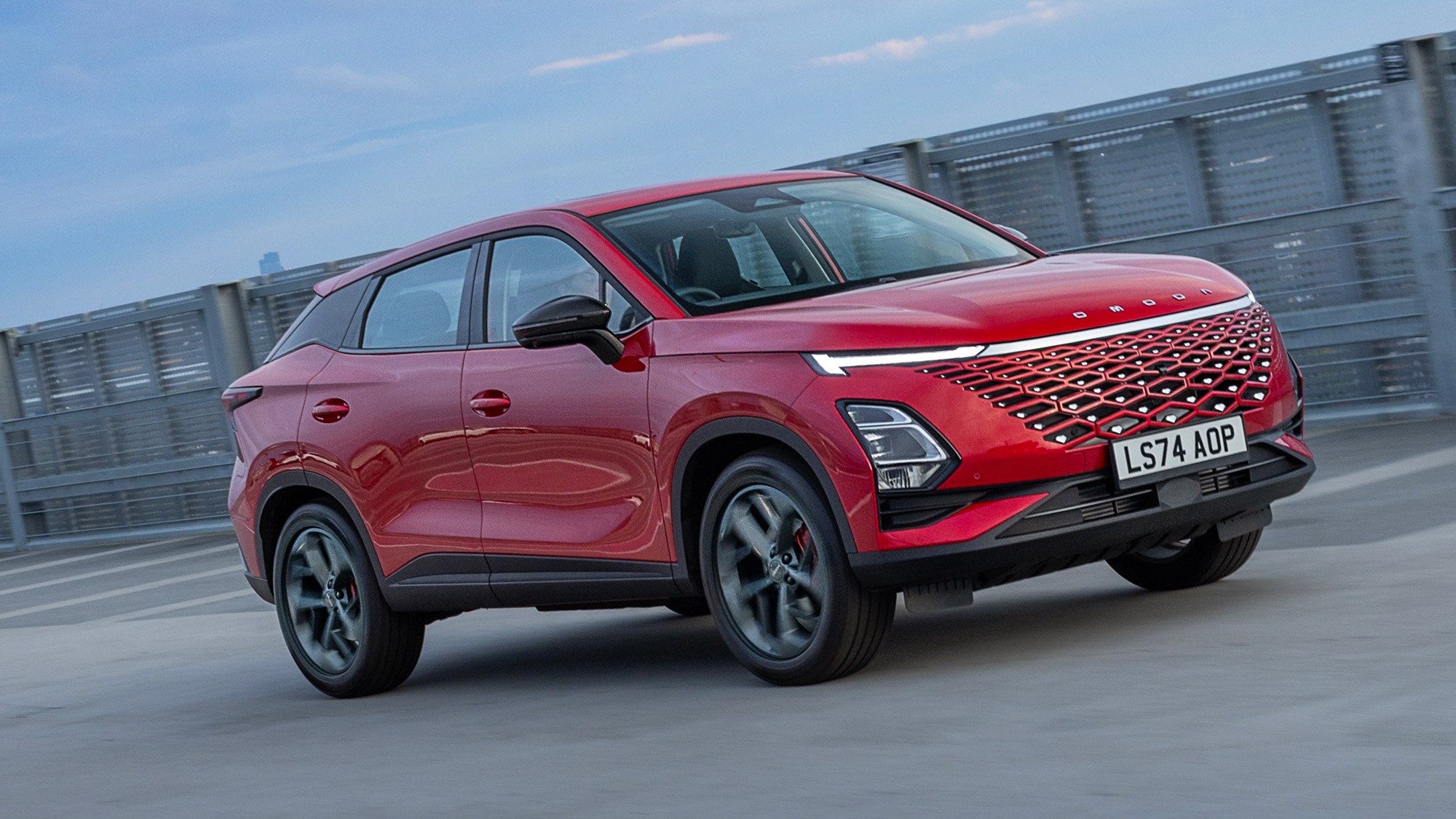
Unlike some other Chinese brands we could mention, the Omoda 5 has crash-test data – with five-star ratings globally, including from Euro NCAP. Among the other agreeable noises is the news of a UK parts warehouse established in cooperation with DHL, and a traditional UK dealer network: 60 sites in place already, another 20 on the way and 100 promised by the end of 2024. Plan is for around 120 in total.
You get a seven-year / 100,000-mile warranty, and the RAC breakdown cover renews with every service, theoretically indefinitely. The firm has also been working with Thatcham to improve repairability and achieve reasonable insurance groupings. Although the resulting mid-30s positioning isn’t exactly spectacular it does at least suggest getting insurance will be possible here.
Some of this does raise other questions, though. The Omoda brand is paired with Jaecoo in Europe – with the latter focusing on offroad vehicles – both being part of Chery International. Chery has been China’s leading vehicle exporter for the last 21 years, apparently, and we’ve been told a third of its 80,000-strong workforce is dedicated to R&D.
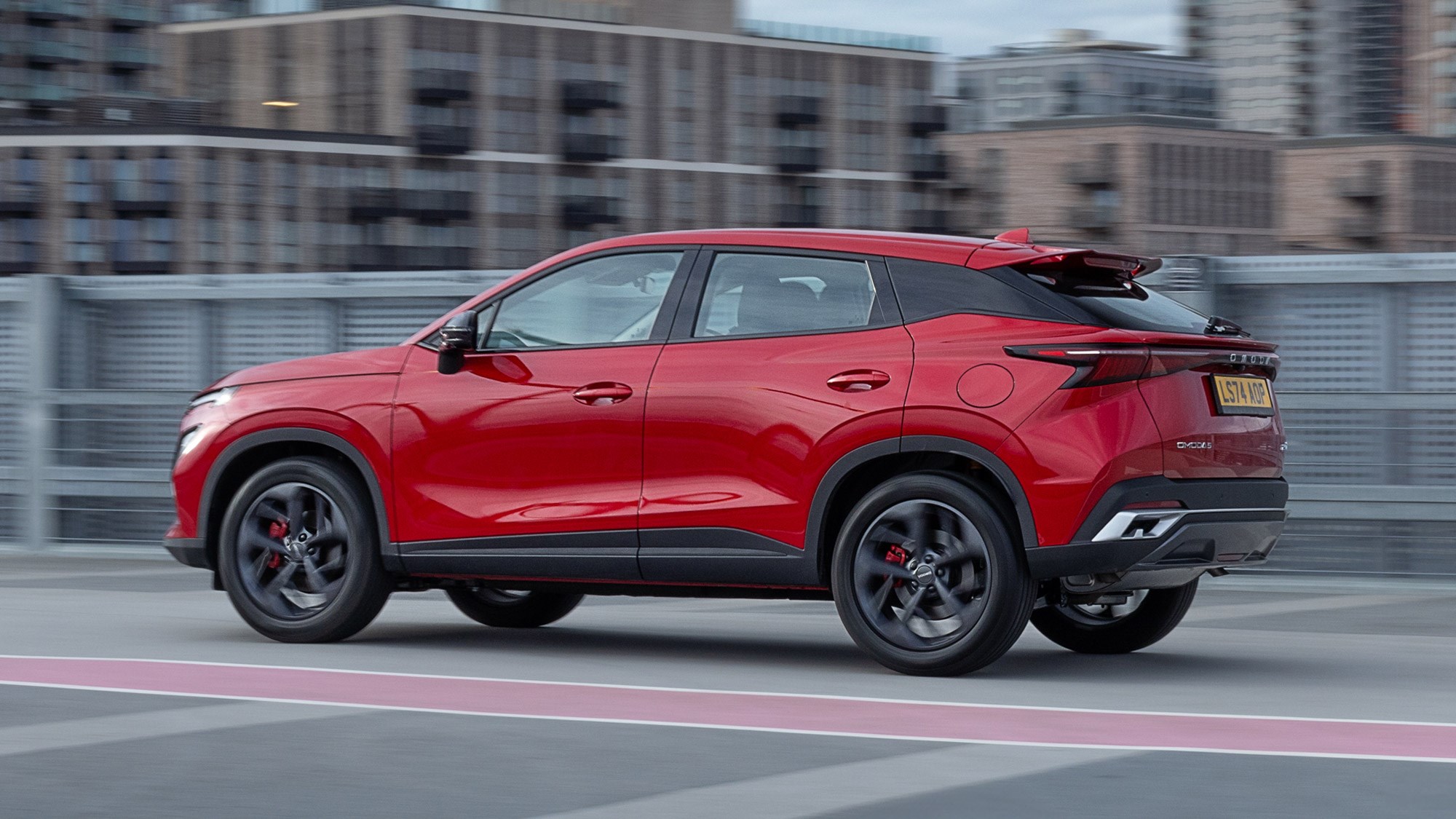
Sounds impressive, especially when you hear tales of how the team there is able to affect changes to the cars in double-quick time when it comes to software updates and is promising to re-evaluate the assembly process to enhance the ease of repair. What I’m starting to wonder, however, is whether there would be a need to be have such reactive capacity if more time had been spent on development in the first place.
What are the specs?
The 1.6-litre turbo engine looks good value for the list price. With 184bhp and 203lbft it can do 0-62mph in 7.9sec and has a top speed of 121mph. But with no mild-hybrid or similar technology, it’s not super-efficient – claiming 31.4mpg with 170g/km CO2 emissions.
To batter you some more with the Qashqai comparison, the entry-level version of that promises 44.8mpg. The 187bhp e-Power auto is rated at 54.3mpg.
Still, Omoda is planning to introduce a plug-in hybrid drivetrain in the coming months.
How does it drive?
If you’re not someone who cares much about the driving experience, the Omoda 5 will probably be fine. With a chassis recalibrated for Europe by a team in Frankfurt, it doesn’t do anything horrifically annoying. But spending even a relatively short hour and a half with it on this initial encounter left me wincing rather more than I’d have liked.
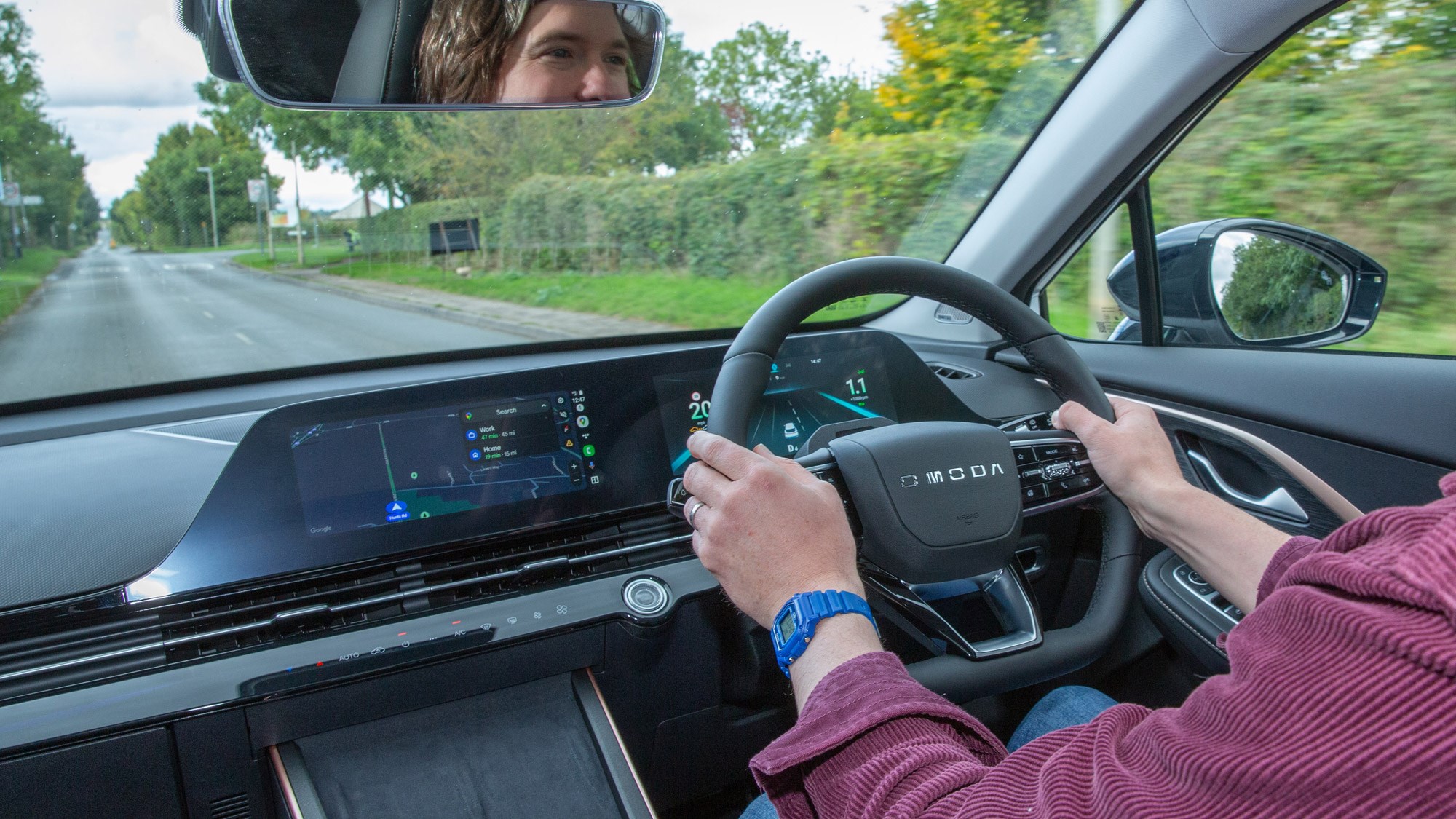
There is very little feedback through the steering wheel – but what’s worse is the way it takes a few degrees of lock before you even get any weighting or resistance. This leads to a period of adjustment where you’ll likely apply too much steering effort because nothing seems to be happening. When you get used to that the vagueness still makes taking a consistent line through a corner unnecessarily tricky and even turns travelling straight on a faster road somewhat tiring.
The suspension is firm enough that I was feeling rather more of the road surface than I really want to in a family car, and it doesn’t deal with inconsistencies under each side of the vehicle – such as you’ll find on many a patched-up urban or b-road – very well. So, you’ll get a fine demonstration of what road-testers mean by ‘head toss’ in here; at times it’s as if you’re getting shouldered from opposing sides for lengthy stretches until the road smooths out again.
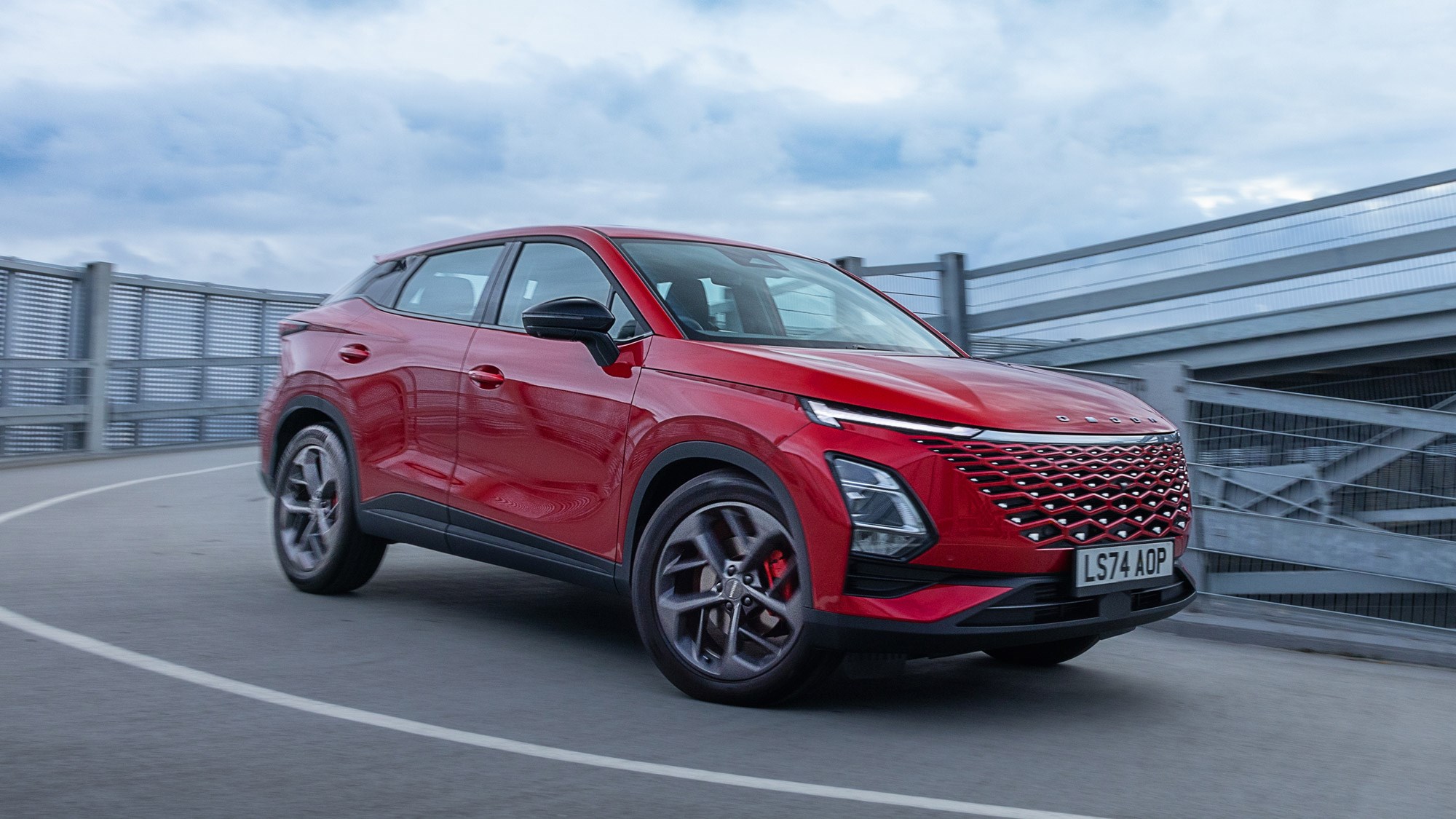
Despite this, there’s a softness to the damping whenever it’s challenged, particularly at the rear. This exhibits itself as a tendency to lollop onto the opposing rear wheel when entering a bend, but also in the manner that it quickly begins to feel out of phase with itself over undulating surfaces. It did not encourage me to drive it faster, that’s for sure.
The body structure doesn’t seem to help. Five-star Euro NCAP it might be, but when I put my fingers on the door seal between the window frame and the roof there was a nervy amount of vibration, suggesting plenty of movement in the body. More vibration comes through the pedals and the seat.
Speaking of the pedals, the brakes have an unusually soft response at the top of the pedal travel. This is more of a personal calibration thing, perhaps, counterpoint to the arguably over-servoed set-up of some European brands.
The gearbox tuning, on the other hand, simply feels out of date – too much surging and kick-down instead of relying on engine torque, and a Sport setting that seems to do little more than use lower gears for longer. There are no paddles and the manual override via the lever is so awkwardly implemented as to be nearly unusable.

Add in plenty of road noise and all told you’ve got a car that feels at least a generation out of touch with its established rivals, which offer far greater depths of sophistication – and comfort. It’s not terrible. But also not terribly good.
What about the interior?
The materials used inside are more than passable, but although some effort has been put into colour and surface design, it is also rather bland.
This petrol model uses twin 10.25-inch screens mounted in the dashtop in a single plinth, and the graphics make it simple enough to get to grips with. However, the screens don’t deal with bright sunlight very well, the system can be laggy, and there are very few physical buttons. The climate control relies on a touch-sensitive panel, which is awkward to use, though still better than the solution in the E5 variant.
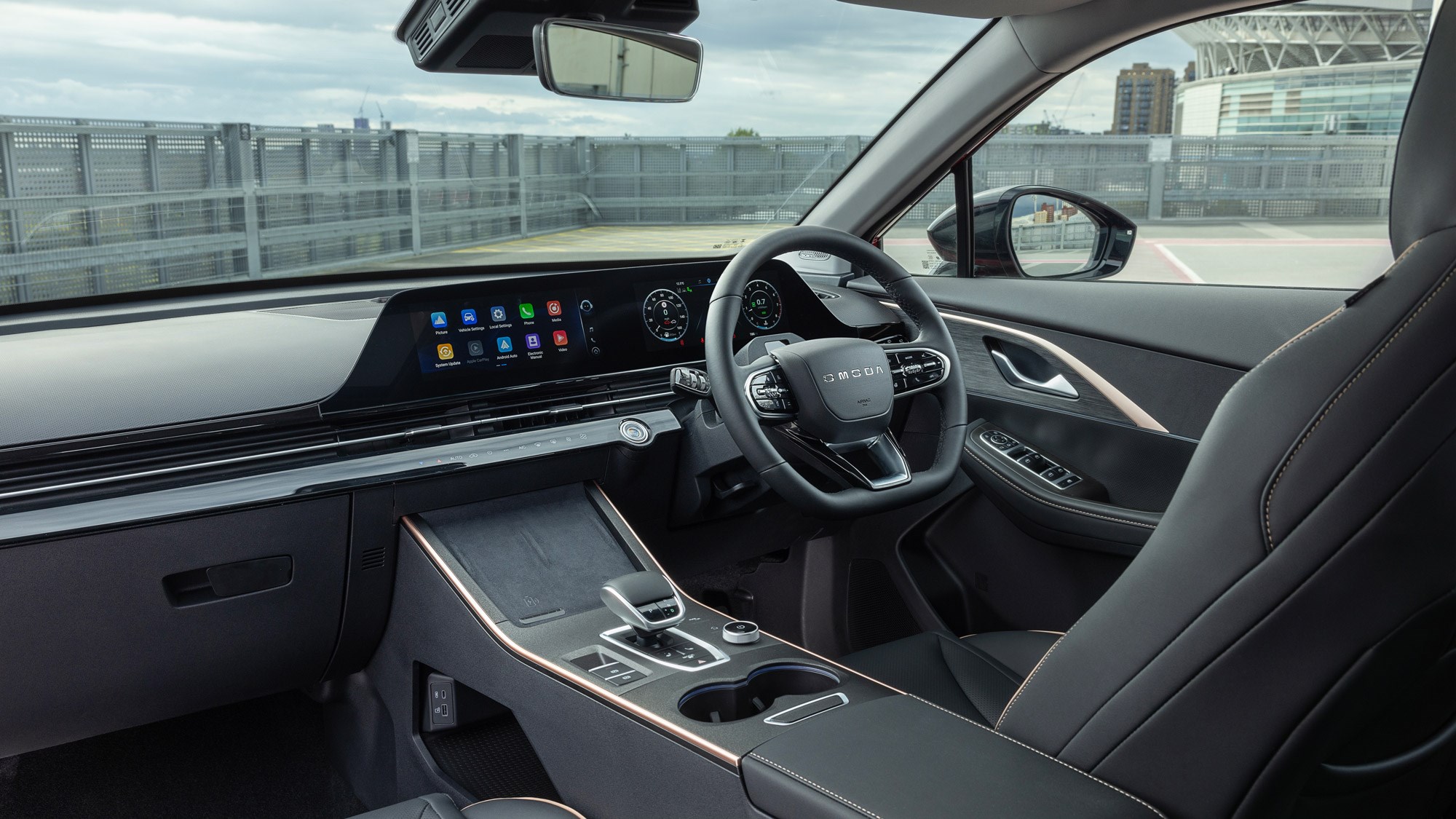
There’s a reasonable amount space for humans inside, but the boot is a limited and limiting 380 litres. The Qashqai has a minimum of 455 litres – up to 504 litres on some versions. For example.
Before you buy (trims and rivals)
The Omoda 5 comes in two versions: Comfort and Noble. Standard equipment is okay rather than benchmark-setting in the Comfort, with highlights including 50W wireless charging (with a cooling function to prevent your phone overheating), wireless Android Auto and Apple Carplay, reversing camera plus front and rear parking sensors, LED headlights, and an eight-speaker Sony hifi system.
You also get 11 airbags and a stack of ADAS kit necessary for top Euro NCAP performance these days, not to mention adaptive cruise control, blind spot monitors and keyless go.
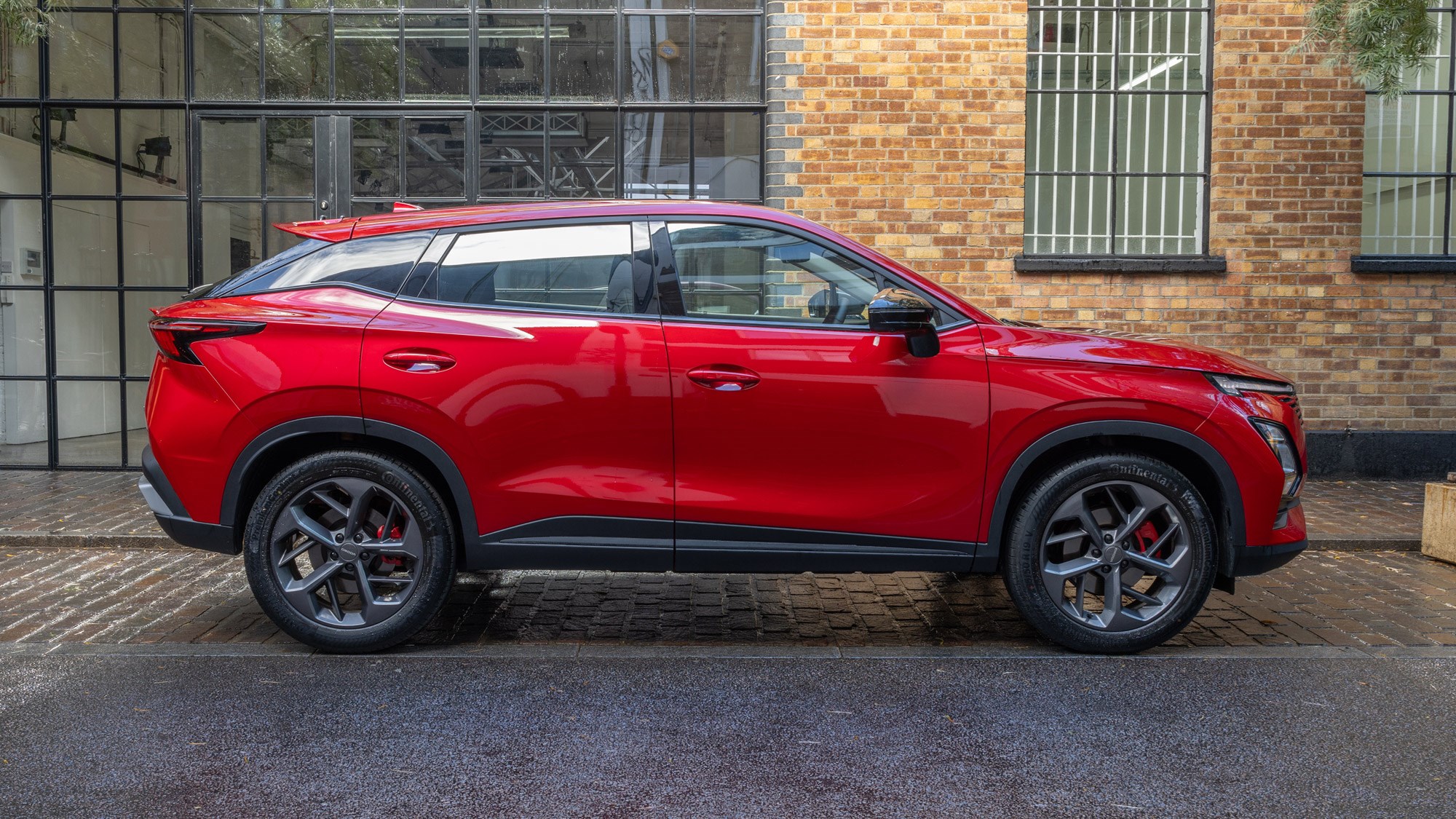
The Noble adds a 360-degree camera system, two-zone air-conditioning, additional air filtration, heated front seats and a powered tailgate. Two-tone paint and an upgrade from 18-inch to 19-inch alloy wheels are the options.
Rivals? There are loads, including all the usual worthies such as the Skoda Karoq, Kia Sportage and that Qashqai. These all start around the £30k mark, though, so if you’re on a budget you’d probably also want to look at the MG HS and maybe the Dacia Duster.
MG seems to be having a bit of a parts supply crisis at the moment, but has an entry-price lower than the Omoda’s. The Duster is smaller, but much cheaper, and soon to be joined by the Dacia Bigster, a larger SUV that’s also promising to be a bargain.
Omoda 5 verdict
The Omoda 5 simply doesn’t do enough to make itself stand out in the crowded family SUV market. Yes, it’s cheap. But the extra you’d pay for an established rival will get you a much more polished product, and once you start looking into monthly finance the difference will become negligible anyway.
On the plus side for Omoda, the E5 electric version is more convincing.